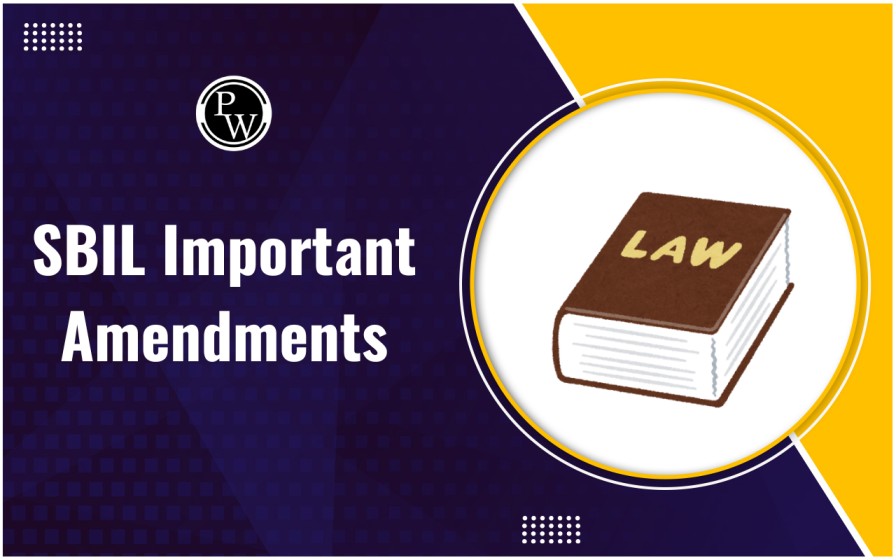
Capital structure plays a vital role in determining a company’s long-term financial health. It reflects how an organisation manages its funds through a mix of debt and equity. A well-planned capital structure ensures financial flexibility, supports expansion goals, and contributes to business sustainability. This topic is especially relevant for Company Secretary (CS) aspirants, as understanding capital structure is fundamental to corporate financial planning and governance.
Below, we’ll break down what capital structure means, its various types, its importance in decision-making, and how companies design an effective capital mix.
What is Capital Structure?
Capital structure refers to the arrangement of different long-term sources of funds used by a company. These typically include equity shares, preference shares, debentures, retained earnings, and long-term borrowings. The balance of debt and equity in this structure influences a firm’s overall financial performance and its ability to take calculated risks.
Definition of Capital Structure
Several scholars and financial experts have defined capital structure:
Gerstenberg describes capital structure as the combination of a company's long-term financial resources, including equity capital, retained earnings, and long-term debt.
James C. Van Horne defines it as the mix of permanent long-term financing components, such as debt, preference shares, and equity shares, used by a firm.
These definitions highlight that capital structure is not merely about raising capital but involves choosing the right mix of funds for stability, growth, and sustainability.
Type of Capital Structure
These descriptions outline various types of capital structures that reflect different investment and financing strategies of firms:
Horizontal Capital Structure: This structure relies solely on equity or retained earnings for financing expansion, with no debt components. It offers stability but lacks financial leverage due to the absence of debt.
Vertical Capital Structure: In this structure, a small equity base supports a larger portion of debt. Incremental financing primarily comes from debt, leading to a high financial risk for the firm. The cost of equity tends to be higher than debt, making the firm susceptible to hostile takeovers.
Pyramid Shaped Capital Structure: Here, a significant proportion consists of equity capital and retained earnings accumulated over time. This conservative structure reflects risk-averse firms, with the cost of equity and retained earnings typically lower than debt.
Inverted Pyramid Shaped Capital Structure: This structure features a small equity base, moderate retained earnings, and a growing reliance on debt for financing. It may result from shrinking retained earnings due to accumulating losses. Such a structure is highly vulnerable to collapse due to its heavy debt burden and lack of equity cushion.
Also Read: Interpretation of Statutes for CS Executive
Significance of Capital Structure
Understanding the capital structure of a company provides valuable insights into its financial strategy, risk profile, and growth approach. Here’s why it matters:
1. Reflects Strategic Intent
Companies aiming for rapid expansion or acquisitions often rely on debt to fund growth. The capital mix used can indicate whether the company is focused on organic growth or mergers and acquisitions.
2. Indicates Risk Appetite
A company with a higher proportion of debt in its capital structure is generally considered to have higher financial risk due to fixed interest obligations. Conversely, a lower debt level may indicate a cautious and stable approach.
3. Helps in Tax Management
Interest paid on debt is a tax-deductible expense. Hence, companies with consistent profits may benefit from using debt in their capital structure to reduce taxable income.
4. Improves Market Perception
Issuing equity at a premium and involving a broad investor base can help strengthen a company's market position and reduce the chances of hostile takeovers.
Capital Structure v/s Financial Structure
While both terms are interconnected, they are not the same.
| Key Difference between Capital Structure and Financial Structure | ||
|---|---|---|
| Basis | Capital Structure | Financial Structure |
| Scope | Long-term funding only | Includes both short-term and long-term sources |
| Focus | Equity, preference shares, debentures | All liabilities and equity |
| Purpose | Financing long-term assets | Managing overall financial resources |
| Risk | Focused on long-term solvency | Includes liquidity risk as well |
Capital structure is a component of financial structure. While financial structure appears entirely on the balance sheet’s liabilities side, capital structure focuses only on long-term funding.
Planning AND Designing Of Capital Structure
Just as planning and designing a physical structure is important, the same is true for a company's capital structure. A well-thought-out capital structure plan ensures that the main goal of the company, maximizing shareholder wealth, is easily achieved. Planning the capital structure starts early, possibly even at the time of the company's incorporation. Once the company is established, the next step is to implement the project. To cover the project's costs, financing must be arranged. Therefore, timely and early planning of the capital structure is necessary.Attributes of a Well-Planned Capital Structure
- Return: The company's capital structure should be as advantageous as possible. It should maximize returns to shareholders without increasing their costs.
- Risk: Using too much debt can threaten the company's solvency. Debt should be used only up to the point where it doesn't add significant risk; otherwise, it should be avoided.
- Flexibility: The capital structure should be flexible. A company should be able to adjust its capital structure quickly and at minimal cost when needed. It should also be able to provide funds whenever necessary to finance profitable activities.
- Capacity: The capital structure should stay within the company's debt capacity, which depends on its ability to generate future cash flows. The company must have enough cash to pay interest and principal on its debt.
- Control: The capital structure should minimize the risk of losing control of the company. Owners of closely-held companies are especially concerned about control being diluted.
Designing a Capital Structure
When designing a capital structure, it's essential to consider the following points:Optimal Capital Structure
Is there an optimal capital structure for a firm? An optimal capital structure is a specific arrangement of various components that aligns with both the long-term and short-term objectives of the firm. It is the best debt-to-equity ratio that maximizes the firm's value. The optimal capital structure balances the ideal debt-to-equity range and minimizes the firm's cost of capital. Any combination less or more than this optimal mix would be unsatisfactory and could hinder the goal of maximizing shareholders' wealth.Factors Influencing Capital Structure
Several factors influence a company's choice of capital structure:Cash Flow Position: Debt should be used when cash flow is strong to ensure interest and principal payments can be met.
Interest Coverage Ratio (ICR): Indicates the ability to cover interest payments with earnings before interest and taxes (EBIT). Higher ICR allows for more debt capacity.
Debt Service Coverage Ratio (DSCR): Reflects cash flow available for debt payments. A better ratio means higher debt capacity.
Return on Investment (ROI): Greater ROI enhances capacity to utilize debt capital.
Cost of Debt: Lower interest rates increase debt capacity.
Tax Rate: High tax rates reduce the cost of debt due to interest deductions.
Cost of Equity Capital: Increased use of debt can raise equity costs due to increased risk perception.
Floatation Costs: Expenses associated with issuing securities affect capital structure decisions.
Risk Consideration: Balancing operating risk and financial risk influences debt utilization.
Flexibility: Debt and preference share capital offer more flexibility than equity capital.
Control: Issuing equity shares dilutes control, while debt issuance does not affect control.
Regulatory Framework: Government regulations may dictate capital structure requirements.
Stock Market Conditions: Market trends affect the attractiveness of different financing sources.
Capital Structure of Other Companies: Industry norms and practices influence a company's capital structure decisions.
Join PW CS Online Courses and build a strong foundation in corporate laws and governance with structured learning and dedicated support.
| Also Check: | |
| Introduction to Accounting | Sources of Law |
| Law relating to Civil Procedure | Right To Information Act, 2005 |
| Law relating to Limitation | Law relating to Evidence |
Capital Structure FAQs
What is the role of capital structure in a company's financial management?
How does capital structure affect shareholder value?
What are the key considerations when planning a capital structure?
Is there an optimal capital structure for all firms?
What factors influence a company's choice of capital structure?










